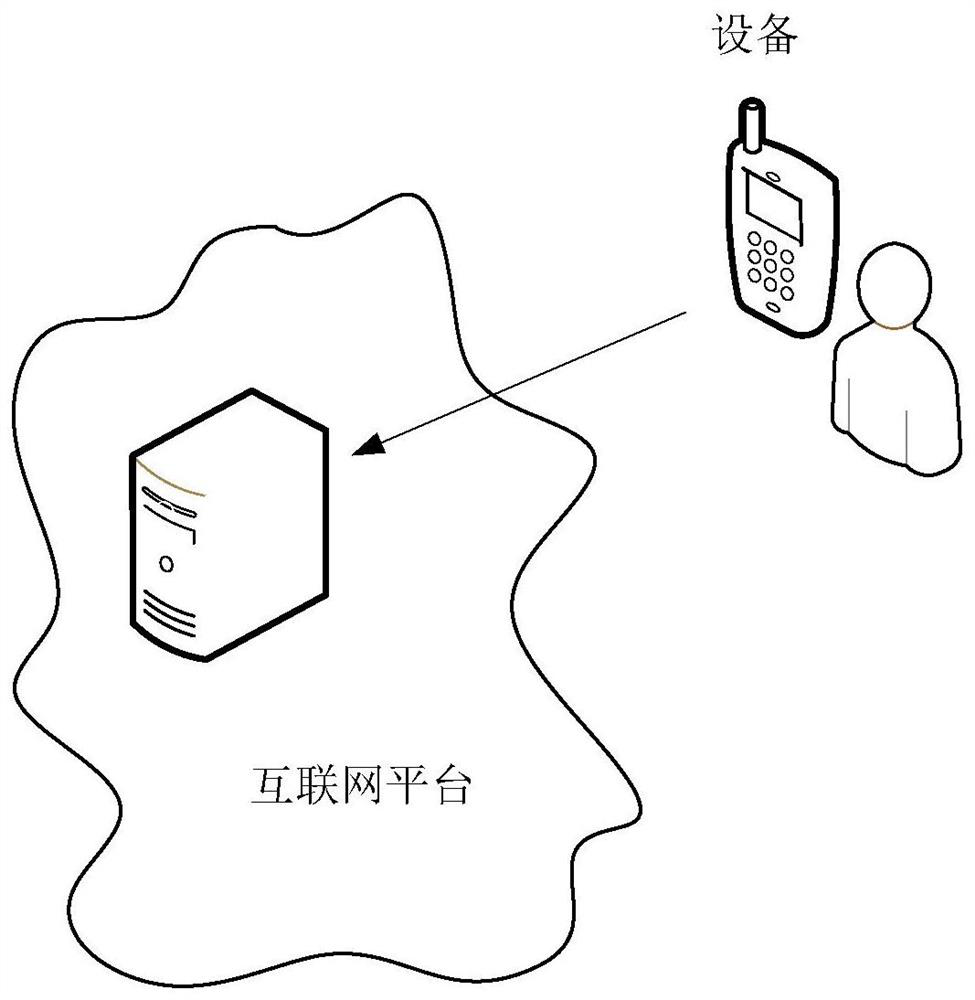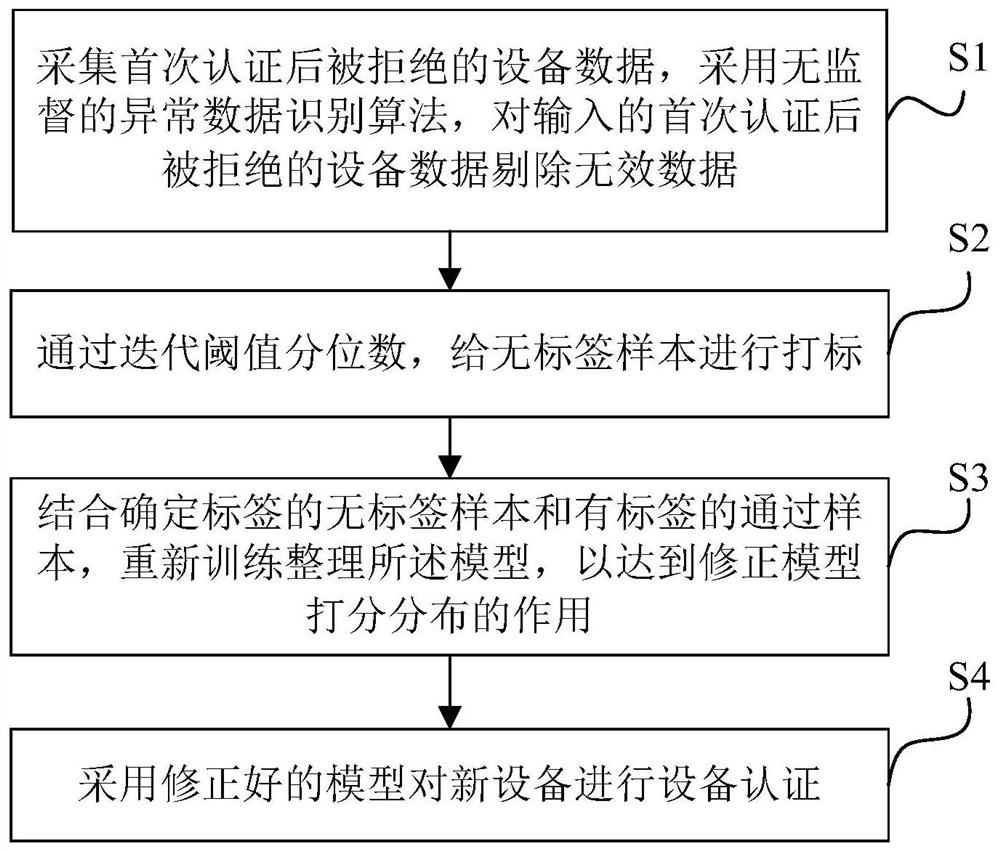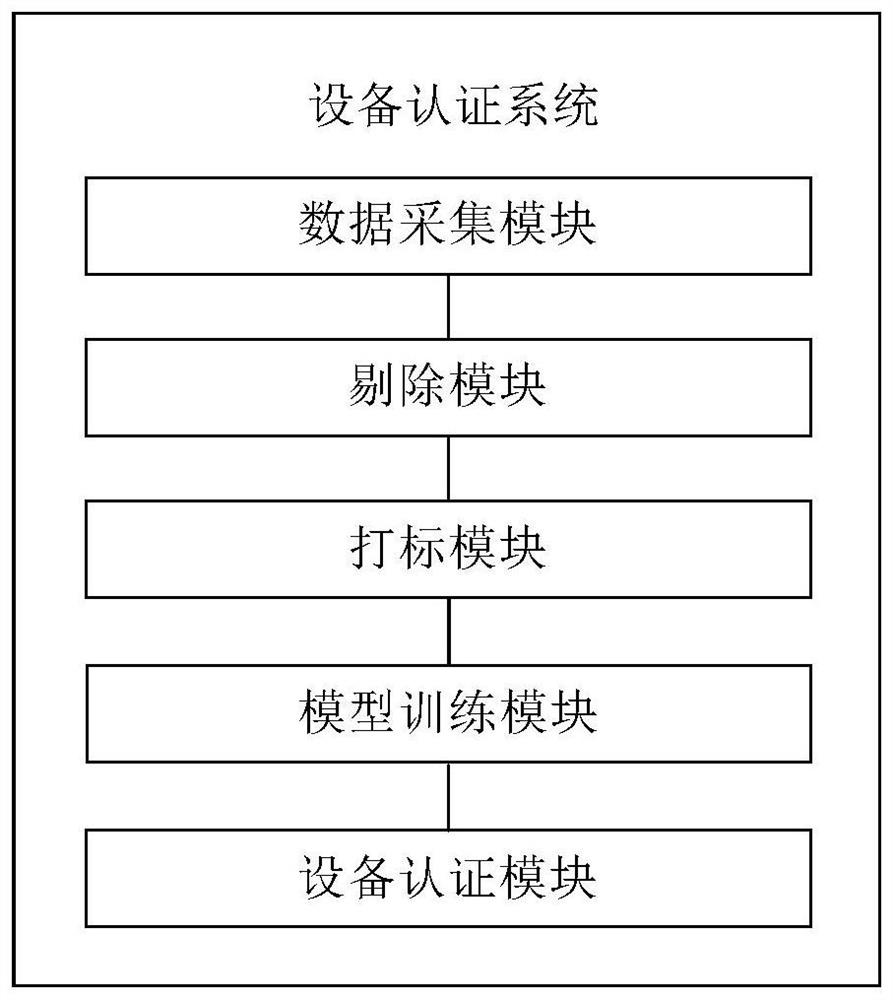Equipment authentication method and system for rejecting inference based on shallow self-learning algorithm, and electronic equipment
A device authentication and self-learning technology, applied in reasoning methods, machine learning, computing, etc., can solve problems such as biased subjective guessing, sample deviation, too mechanical, etc., and achieve the effect of improving robustness, accuracy, and model accuracy
- Summary
- Abstract
- Description
- Claims
- Application Information
AI Technical Summary
Problems solved by technology
Method used
Image
Examples
Embodiment
[0146] This embodiment discloses a device authentication method based on self-learning algorithm-based rejection inference, in which a self-learning framework is adopted. The following describes the self-learning framework of this embodiment from three stages.
[0147] First, let the population sample X contain accept samples, and Reject the sample, and the accepted sample can observe the overdue performance (PD) of a certain MOB, and the PD performance of the sample is recorded as The rejected samples are unlabeled samples, and the steps of the self-learning framework are shown next:
[0148] 1. Remove some unlabeled rejection samples through abnormal identification to reduce the variance caused by rejection inference.
[0149] The self-learning framework of the present invention is based on the first assumption that there are unlabeled samples, which have the same distribution in the feature space; in the traditional credit scorecard system, X a with X r is assumed to...
PUM
 Login to View More
Login to View More Abstract
Description
Claims
Application Information
 Login to View More
Login to View More - R&D Engineer
- R&D Manager
- IP Professional
- Industry Leading Data Capabilities
- Powerful AI technology
- Patent DNA Extraction
Browse by: Latest US Patents, China's latest patents, Technical Efficacy Thesaurus, Application Domain, Technology Topic, Popular Technical Reports.
© 2024 PatSnap. All rights reserved.Legal|Privacy policy|Modern Slavery Act Transparency Statement|Sitemap|About US| Contact US: help@patsnap.com










